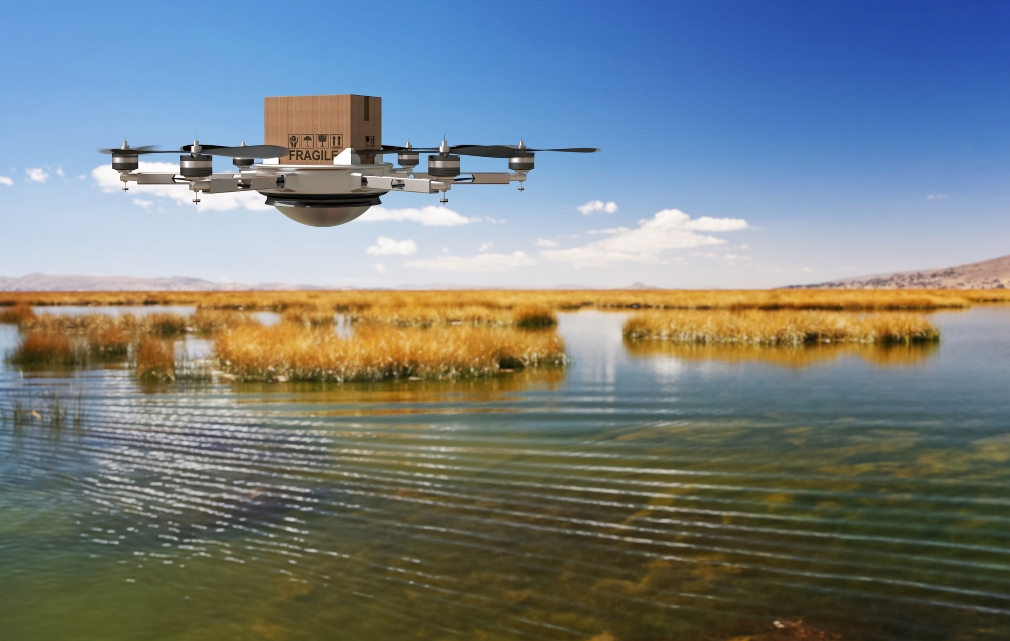
Existing laws and restrictions regarding air traffic and space, telecommunications spectrum and national security concerns have hampered the possibilities for innovation in drone technology in the US and Europe.
The vast and varied terrain and population zones in Africa have lead to the continent to become a world leader in proving it is ripe for being a world leader.
In Rwanda, drones are delivering critically-needed blood packs to remote hospitals in Rwanda and the nation is home to the world’s first on-demand delivery service. Two drones transporting blood saved the life of a young pregnant mother who hemorrhaged during delivery and risked death, but for the life-saving plasma delivery.
Malawi has developed the first drone air corridor for humanitarian, development purposes, data collection and emergency transportation support.
Starting in 2018, in Tanzania, drones by the startup Zipline will deliver medical supplies and medicines to 100 health care facilities, including big hospitals and tiny rural clinics.
In Kenya and South Africa, the governments use drones to survey and stop endangered wild life animal poachers.
Oil companies in Nigeria also use drones to monitor theft and tampering of their reserves and facilities.
Zimpline’s founder and CEO has said “the richest companies in the world” are still trying to figure out how to make instant drone delivery work as a commercial service (see Google’s Project Wing and Amazon’s Prime Air), while African nations have been at the game for a while now.
“People expect that advanced robotics and AI are going to start in the United States and be built by rich white people,” Rinaudo says bluntly. Zipline’s East Africa projects defy that expectation, he says, and create a model of tech deployment that the United States and other nations can follow. “Rwanda and Tanzania are showing the world how to use robotic technology to save lives.”
